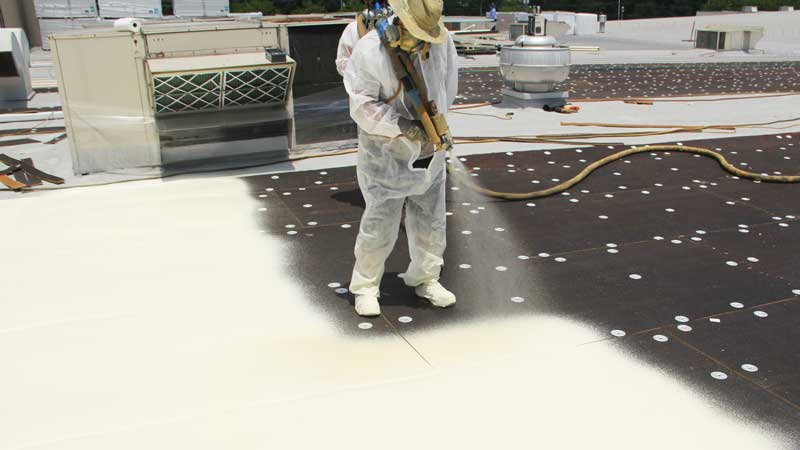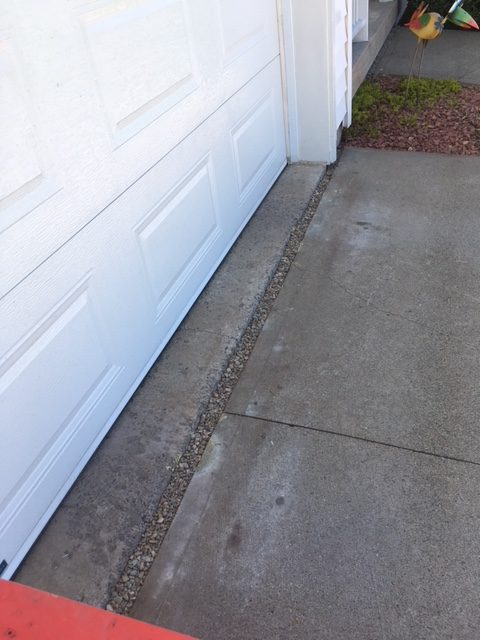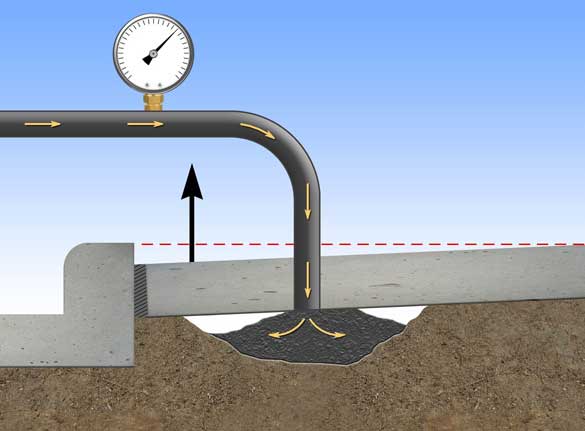Savings, performance, and durability, put spray foam roofing ahead of the pack.
Choosing a new roofing system can feel like a complicated process. It doesn’t have to be. As the products and technology available in the roofing industry have evolved, there is one clear frontrunner that allows you to maximize savings and performance over the long term. That solution is a spray foam roofing system. Below we outline the advantages the system offers and why it’s a superior choice for your roofing needs.
Spray Foam Roofing is Energy Efficient
One of the main advantages to foam roofing is that it’s a great insulator. With an R value of around R-6 to R-7 per inch (compared to blown fiberglass with an R-Value of around R-2 to R-4 per inch) using foam roofing saves energy—which means you’ll save on substantially on both heating and cooling costs. In fact, it’s estimated that foam roofing can produce energy savings of 30% or more compared to alternate roofing systems. In about five years, it’s possible the roof will have paid for itself.
Fewer Leaks Means More Savings
Spray foam roofing systems leak less than a typical roof. Why? Foam roofing has no gaps. No seams. No overlapping components. It’s an impermeable surface sealed with a polymer membrane. Sound secure? That’s because it is. Fewer leaks mean fewer issues with repairs and water damage—and the costs associated with both.
Spray Foam Roofing Repairs Easily
No need to even call a professional when it come to small rooftop repairs. In the unfortunate event that your roof happens to get punctured or cut the damage can easily be fixed with a tube of polyurethane exterior caulking. Make sure the area is dry, fill it with caulking, smooth it out, and you’re done! Don’t waste time and money scheduling costly service and maintenance repairs like with other roofing systems—the roof can be easily fixed by anyone on your maintenance team!
It’s Natural Disaster Resistant
Usually roofing materials are the first to go in gale force winds. You’ve probably seen storm footage of metal roofing panels flapping loose in the wind or even becoming dangerous projectiles. A spray roof adheres seamlessly to the surface on which it’s applied. As a result, there are no shingles or metal panels to catch in the wind. Plus, it resists damage from debris that may make contact with the roof during the weather event. Finally, an intact roof will also reduce the risk of flooding damage to properties during a storm. With a foam roofing system, extreme weather events are less likely to damage your property—saving your time and money with the insurance companies.
Spray Foam Roofing Can Facilitate Drainage
As we all know, flat roofs can be problematic—they don’t drain properly after a heavy rain and in the winter they collect snow which can endanger the structure of the roof. Unlike traditional roofing systems, foam roofing can be applied in multiple layers and at varying thicknesses to support better drainage on flat or slightly-pitched surfaces. By applying the foam strategically to facilitate drainage you can reduce the issues associated with flat roofs.
Spray Foam Roofing is Easy and Safe to Walk On
Spray foam roofing is safe and durable. The resilient surface holds up well to all kind of foot traffic so you can maintain crucial access to all roof areas, vents, air conditioning units, and storage, as needed. Plus, with spray foam, there are no overlapping materials and tripping hazards common to other roofing systems. A smooth and even rooftop surface means rooftop access is safer and easier for everyone involved.
Less Waste = Better for the Environment
Other roofing systems end up in the landfill or at best at the recycling plant. Foam roofing systems have a smaller environmental footprint and create little to no waste. There is never any need to replace the roof entirely—just a periodic update of the final sealant layer and you’re good to go! No unnecessary waste, dust, and debris that comes with replacing a traditional roof.
Stops Ice Damming and Condensation
Metal buildings often suffer from two headache-inducing issues: ice damming and condensation. When a roof is poorly insulated, rising heat from inside the building causes rooftop snow to melt, which then runs until it refreezes. This cycle of freezing and refreezing causes ice buildup and lets water work its way into the seams and screw holes of the building, resulting in leaks. Because of the superior insulation offered by spray foam roofing, the rising heat never transfers to the snowy rooftop. The heat stays inside the building where it belongs.
It’s the Last Roofing System You’ll Ever Need
Spray foam roofing systems are long lasting, easily maintained, and cost effective to update. While other roofing systems deteriorate over time and require a complete replacement at the end of their lifespan, foam roofing systems only require a quick reapplication of the outer membrane every 20 or more years —at a cost of about half the original roof installation. Compare that to the cost involved in completely replacing an old system. Spray foam roofing is a long-term investment that ensures you won’t be wasting time and money with costly replacements down the line.
So what are you waiting for? Contact us today for an online quote from one of our trusted professionals!
Source: Cozifoam.ca





